Blacks Were the First People In the Americas
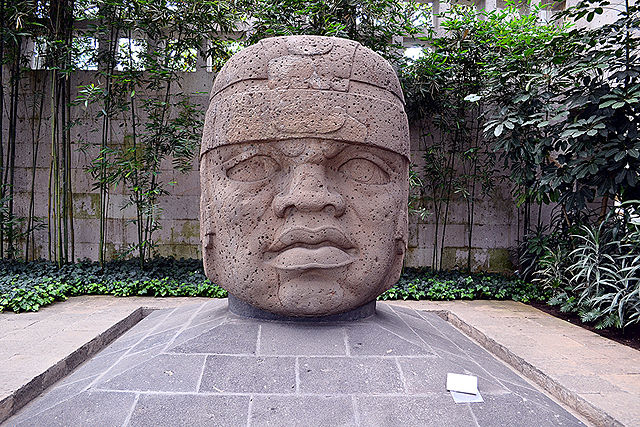
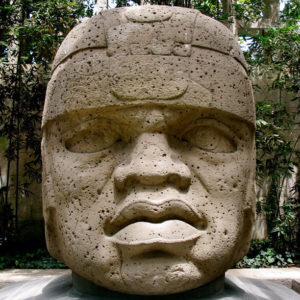
Originally posted on October 14, 2013
Dr. Martin Luther King said in his 1963 I Have a Dream Speech that,“One hundred years later, the Negro is still languishing in the corners of American society and finds himself in exile in his own land. So we have come here today to dramatize a shameful condition.”
Historians and archaeologist have presented evidence that the first people in the Americas were black. Although this information has been kept from us, our true identity is starting to unfold. For years we’ve been told that we arrived to the Americas by slave ship, when in fact most of us were already here. Is it possible that the Trans Atlantic Slave Trade is a fictitious story used to trick indigenous black people out of their homelands and history?
“…Omission, not distortion, is the far more serious culprit in hiding the story of the black Indians of America.” Williams Lorenz Katz, Black Indians.
Many black people who trace their heritage will not find any African slavery in their family. It’s also not a coincidence that many of us blacks have been told by an elder in our family that, “We have Indian in our blood.” It is important to note that the Chinese arrived to Americas before Columbus. The “red” Indian is a result of black, Chinese and later white mixing. For now, lets focus on the indigenous Americans. Below is a short list of black native tribes:
The Washitaw of the Louisiana/Midwest
The Yamasee of the South East
The Iroquois
The Cherokee Indians
The Blackfoot Indians
The Pequot and Mohegans of Connecticut
The Black Californians (Calafians) (CAL in CALifornia literally means BLAK, after the name of the Great Mamma KALi / Queen KALifa)
The Olmecs of Mexico
The Darienite of Panama
The Seminole Indians
The Creek Indians
The Chata/Choctaw Indians
Moundville Archeological Park, located near Birmingham, AL is an example of how there has been an attempt to suppress the original identity of the Native Americans. Since the early 1970s, the park’s museum had statues that depicted the Native Americans as black people. In 2010, those statues were replaced with white Native Americans.
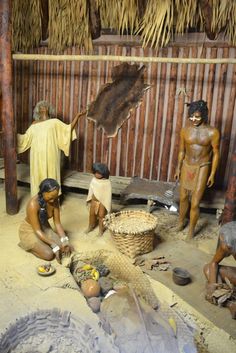
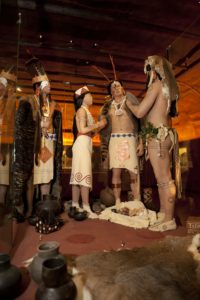
Queen Chief Warhorse (Elwin Green Gillum) is chief of the Chata tribe. She resides in New Orleans and is very vocal about the injustices the indigenous (black) Americans receive from the government. In a television broadcast, Chief Warhorse said:
“The first thing you have to do is go through being classified as crazy. The United States has fixed it so if anything is not by their rule, it’s crazy…”
“Am I this color because I am of African Descent, or am I this color because this is the color of my ancestors? The truth to that is with the anthropologists. As they dig into the grounds, they have found people that look like I look. Do they want to be politically correct as a white man and stay in standing with his white man? Or does he want the truth to lay in the basement?”
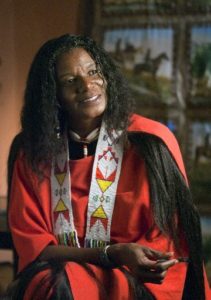
“…The white man duplicated every last name he gave to us after being forced to take a family name. He duplicated those same names. Now we say, it’s not the black Greens, it’s the white Greens or it’s not the black Ducree, it’s the white Ducree. I was always told the proof is in the pudding. In my family, we didn’t tell the white folks all of our business. They stole our identity and mispronounced it as Choctaw. They would come back to Lecomb, see the way we were living and mimicked it in Oklahoma.”
“We have to ask as historians, who signed the Dancing Rabbit treaty (and some the others). Research their name and see if the people in Oklahoma are really Native Americans that your tax money is paying for. No matter what color you are. Check what’s inside that pudding because it ain’t chocolate, it’s all vanilla.”
Native Americans descend from the Mexican Olmecs, who were also black people. The Olmecs were the first major civilization in Mexico (and possibly all of North America). The modern Mexicans we see today are a result of the mixing between the Spaniard colonizers and the indigenous Mexicans.
According to Lost Feather:
Jose Maria Y Serrano upon excavating one of the monolith heads in this region of San Andres Tuxtla (Mexico), published a short passage in the bulletin of the Mexican Geographical Statistical Society:
“As a work of art, it, without exaggeration, a magnificent sculpture… but what most amazed me was that the type that it represent is Ethiopian (African). I concluded that there had doubtless been blacks (Negroid) in this region (Mexico), and from the very earliest ages of the world.”
In 1939, Dr. Matthew Sterling led a joint team from the National Geographic Society into the Gulf of Mexico to spearhead a major digging operation in Vera Cruz to unearth the monolith heads. Sterling concluded, “The features are bold and amazingly Negroid in character.”
“Skeletons have also been unearthed in pre-Columbian layers in the valley of the Pecos River that flows through Texas and New Mexico and empties into the Rio Grande in the Gulf of Mexico. Professor Hooton, a physical anthropologist concluded, “The Pecos skull resemble most closely the crania of Negro groups coming from Africa where Negroes commonly have some perceptible infusion of Hamatic blood.” Professor Hooton refers to ‘Hamatic’ blood. The word “Ham” translates as “black” in biblical Aramaic.”
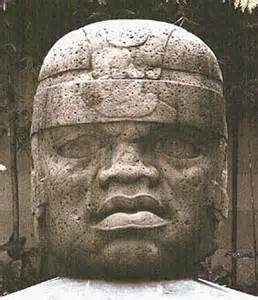
Research conducted by Dr. Ivan Van Sertima (They Came Before Columbus) and Alexander Von Wuthenau (Unexpected Faces in Ancient America) presented evidence that the Olmecs were no different than the Africans found in West Africa. Olmec religion was similar to the religion and astronomical practices of the Dogon tribe of West Africa. It was found that the Olmecs even spoke the Mende language and developed a calendar that goes back to about 3,113 years Before Christ.
© 2011 – 2024 TheAfroLounge.com. All Rights Reserved. Unauthorized use and/or duplication of this material without express and written permission from this blog’s author and/or owner is strictly prohibited. Excerpts and links may be used, provided that full and clear credit is given to TheAfroLounge.com, with appropriate and specific direction to the original content.
